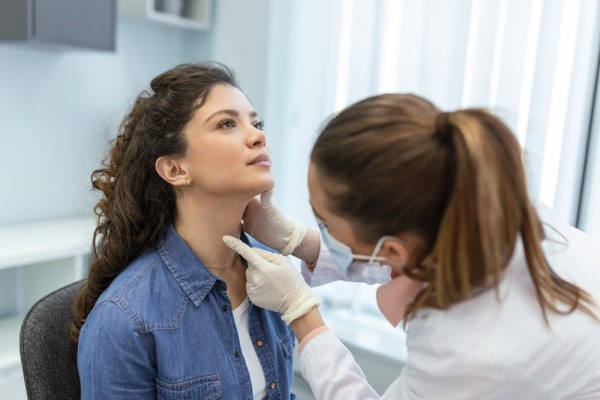The Difference Between Doctors and Nurse Practitioners for Primary Care

Nurse practitioners and doctors both have the same objectives in healthcare – prevent disease and promote wellbeing. They often provide the same type and quality of care to patients. However, it is crucial to understand the similarities and differences in their functions. The distinction is so understated that it may be hard distinguishing them. In this article, you will find out more about the differences between doctors and nurse practitioners.
What makes the difference?
Doctors receive formal training in medicine, defined as the treatment of ailments with drugs, medical procedures and occasionally, surgery. Nurse practitioners receive formal training in caring for ailing patients and know how to diagnose, treat, and manage many common conditions. In most situations, they have the same functions:
- Diagnose and treat acute and chronic diseases.
- Request and examine lab and other diagnostic tests.
- Prescribe drugs.
What majorly differentiate doctors and nurse practitioners are the duration of their respective education and the categories of patients they decide to treat. Doctors earn a Doctor of Medicine (MD) degree after getting a bachelor’s degree (usually in sciences) and completing four years of medical school. This tyically takes about eight years followed by three to four years of internship and residency.
Doctors spend more years studying and comprehensively learning about diseases. Many doctors will discover a certain area or specialty where they are more knowledgeable or are interested in and make it their career. Examples include anesthesiologists, general and family physicians, general internists, surgeons, cardiologists, psychiatrists, general pediatricians and neurologists.
Nurse practitioners also undergo rigorous education. Their career path starts from a nursing school to get a Bachelor of Science in Nursing (BSN) or an RN program with the goal of registering for an RN or BSN program later. The next phase is to obtain a Master of Science in Nursing (MSN) degree, after which they must pass a certification exam to become a nurse practitioner. They usually finish graduate-level courses and may spend plenty of time doing clinical work under supervision. Generally, the total education time is about six years.
That is not all
NPs typically attend to patients at different stages of their lives and generally do not have a medical specialty. They can perform adequately as primary care providers because their education covers both holistic and wellness-oriented programs, which highlights education, risk assessment and preventative care. The primary specializations of the nurse practitioner include adult-gerontological health, family health, neonatal health, pediatric care, mental health and women’s health.
Due to the increasing shortage of primary care physicians across the United States, it is becoming necessary for nurse practitioners to step up and provide primary care services. Some medical procedures that require surgery will still need to be handled by a doctor. However, providing flu treatment or identifying the cause of persistent symptoms can be handled effectively by a nurse practitioner.
In conclusion
Nurse practitioners and physicians receive education through different models (nursing versus medical) and spend different amounts of time in school. They may have a somewhat different perspective on handling illnesses or conditions, but this can be important to ensure that patients get the best treatment possible through effective collaboration.
Get more information here: https://www.janeylhammonsnpc.com or call Janey L Hammons NP-C at (580) 922-4406
Check out what others are saying about our services on Yelp: Nurse Practitioner in Seiling, OK.
Recent Posts
Women's health exams help ensure overall health while screening for conditions and health risks. Not only will the doctor help with any current symptoms, but they can also screen for conditions like breast and cervical cancer in otherwise healthy patients. Despite the importance of these exams, it is common to feel uncomfortable about receiving them.…
Adult sick visits help with sudden medical needs in between checkups. Mild to moderate illness or injury does not always get better with home care alone. When this happens, adult sick visits can help people feel better faster and get back to their lives.Adult sick visits are appointments patients make with a doctor when they…
Sports physicals, or preparticipation physical evaluations (PE), are necessary to ensure a young athlete's safety when performing their chosen sport. Though they may seem intimidating, these evaluations can greatly improve athletes' chances of qualifying for their desired sport and help them better adjust to pain points within their performance and body. Learning what to expect…
A general practitioner, or GP, can help patients with acute and chronic health conditions. They can provide referrals to specialists and other healthcare providers, as well. Learn about the many services you can find at a general practitioner’s office.General practitioners are often referred to as primary care providers, or PCPs, as they serve as a…


